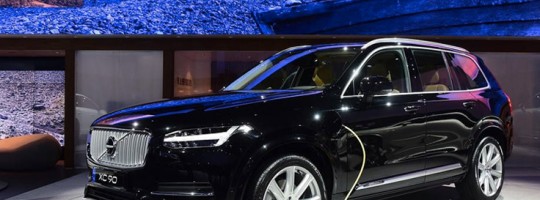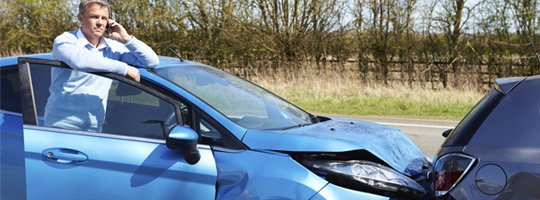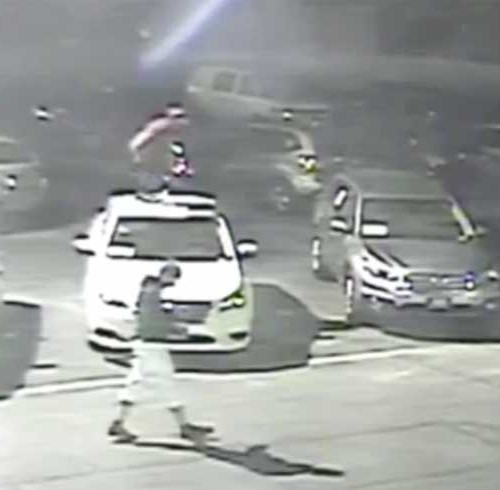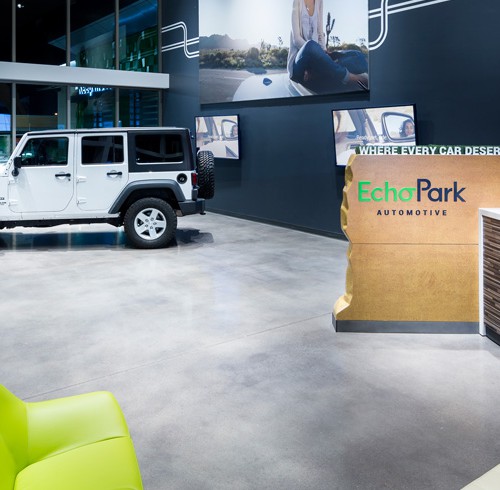Volvo Says No Deaths In Its Cars By 2020

Volvo has come out with a very bold statement. The automaker promises that by the year 2020, no one will be killed or seriously injured in one of its new cars or SUVs.
Many automakers have targeted 2020 as the year when autonomous cars will become available on a mass scale, and Volvo is one of them. While proponents of self-driving vehicles claim that the technology will decrease the number of accidents occurring on our roads, Volvo is taking this concept a step further.
Impressively, the company already has one vehicle, the Volvo XC90, which no one in the United States has died in over the past four years. Its future plans are to integrate new and improve current crash-prevention technology into its cars. To achieve a death-proof car, Volvo aims to create an autonomous vehicle that includes technology such as lane-keeping assistance, adaptive cruise control, collision avoidance, pedestrian detection, and large animal detection.
“With the development of full autonomy we are going to push the limits of automotive safety, because if you make a fully autonomous vehicle, you have to think through everything that potentially can happen with a car,” said Volvo safety engineer Erik Coelingh.
Many smart features are already present in Volvo’s cars, including adaptive cruise control, which allows the driver to set a maximum speed, but uses radar to maintain a safe distance from the next car in front. Collision avoidance will warn the driver when a crash is likely, and will automatically apply the brakes to avoid or minimize impact if action isn’t taken. Volvo also plans to make extensive use of lane-keeping assistance technology, which uses cameras to detect lanes and alerts the driver if they begin to drift. This functionality has been found to dramatically reduce crashes that result from falling asleep at the wheel and distracted driving.
Cameras will also be used to watch for pedestrians that are in the vehicle’s vicinity, with the driver being alerted and the brakes being automatically applied if necessary. In addition to spotting people, cameras can be used to alert drivers to large animals that are in the road to help avoid a collision.
By combining these technologies, Volvo feels confident that it will reach its zero fatality promise by the end of the decade. It’s a bold statement, but considering the major advancements that are already being made to increase vehicle safety, perhaps the automaker will be able to realize its goal over the next four years.
Self-driving cars are expected to provide a future where passengers can read a book, work, or watch TV as they are taken to their destination, and Volvo is developing technologies to ensure that people using its autonomous cars will be able to make the most of their travel time.
At the 2016 Consumer Electronics Show (CES), Volvo announced a new concept that is different from the aspirations of other autonomous vehicle developers. The Swedish car manufacturer is working on a system that will let a car choose a route to match the length of a film, meaning that passengers could finish the movie as they arrive at their destination. Additionally, the automaker unveiled the idea that its cars could learn the most common routes and times of travel as well as favorite TV programs, films and music of its passengers. The vehicles could subsequently use this data to predict their route and select suitable entertainment, such as a movie or TV show, that fits the estimated time of the drive.
“If you want to watch the latest episode of your favorite series, the car will know how long the journey needs to take and can optimize the route and driving control accordingly,” said Anders Tylman, general manager of the Volvo Monitoring and Concept Center at Volvo Car Group. “With autonomous driving, it is no longer just a question of getting from A to B quickly – it’s about the experience you wish to have in the car, how you wish to spend the time you are saving.”












Warning: count(): Parameter must be an array or an object that implements Countable in /home/pg4b1yzvrqqo/domains/test.drivingsalesnews.com/html/wp-includes/class-wp-comment-query.php on line 399